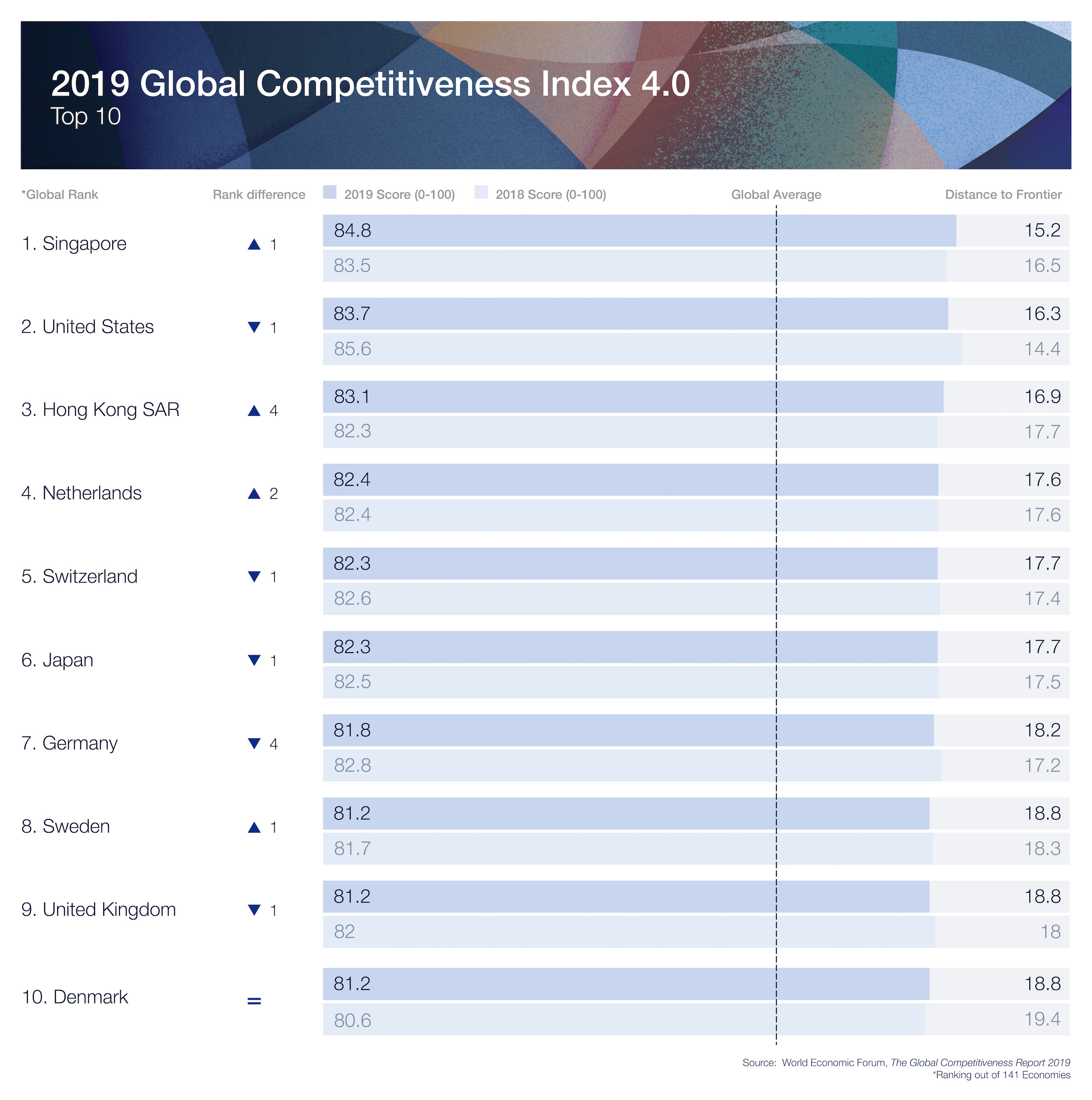These countries spend the most on education

OECD countries spend around 18% more per secondary student than they do per primary student. Image: REUTERS/Charles Platiau

Get involved with our crowdsourced digital platform to deliver impact at scale
Stay up to date:
Education
Luxembourg leads the way on education spending on a per-student basis, followed by the US and Sweden, according to a recent report from the Organization for Economic Cooperation and Development (OECD). Stripping out tertiary education, Luxembourg keeps the top spot, with Austria and Norway coming directly behind, the OECD's Education at a Glance 2019 indicator shows.

Across the OECD, annual spending per student from primary to tertiary education averaged around $10,500, with the smallest expenditure at roughly $3,600 a student in Colombia and Mexico.
Policymakers have long grappled with how to best equip citizens with relevant skills. The World Economic Forum's Future of Jobs Report 2018 explores how the companies of tomorrow are likely to demand different competencies, with the need for “human” attributes like critical thinking and creativity ever more relevant, as automation revolutionizes the workplace and eliminates some roles.
Different levels of expenditure on education can reflect governments’ priorities. OECD countries spend around 18% more per secondary student than they do per primary student, the report shows.
But some invest more per primary student, including Chile, Iceland and the UK, even though teachers’ salaries often increase in line with the level of education.
The OECD also ranks countries based on the percentage of their total government expenditure on education.
Chile tops this list, followed by Mexico, Brazil, New Zealand and Switzerland.
Aside from measures of total spending, it’s useful to consider broader metrics of skills and how future-proof different countries are. One of the pillars of the World Economic Forum’s Global Competitiveness Report looks at how prepared workforces are. Switzerland comes top in that pillar, with Germany, Finland and Denmark also scoring high marks.
What do we mean by ‘competitiveness’?
Switzerland has “outstanding” human capital, according to the index, coming top in the world for vocational training, on-the-job training and employability of graduates. That, combined with its well-functioning labour market, means it is well placed to adapt to the disruptions brought about by the Fourth Industrial Revolution, the report says.
Don't miss any update on this topic
Create a free account and access your personalized content collection with our latest publications and analyses.
License and Republishing
World Economic Forum articles may be republished in accordance with the Creative Commons Attribution-NonCommercial-NoDerivatives 4.0 International Public License, and in accordance with our Terms of Use.
The views expressed in this article are those of the author alone and not the World Economic Forum.
Related topics:
The Agenda Weekly
A weekly update of the most important issues driving the global agenda
You can unsubscribe at any time using the link in our emails. For more details, review our privacy policy.
More on EducationSee all
Natalia Kucirkova
April 17, 2024
Morgan Camp
April 9, 2024
Scott Doughman
March 12, 2024
Genesis Elhussein and Julia Hakspiel
March 1, 2024
Jane Mann
February 28, 2024
Malvika Bhagwat
February 26, 2024








